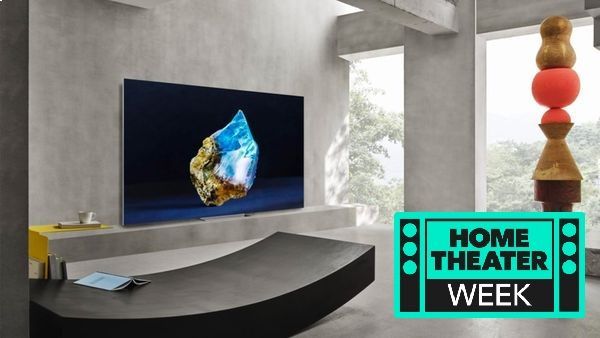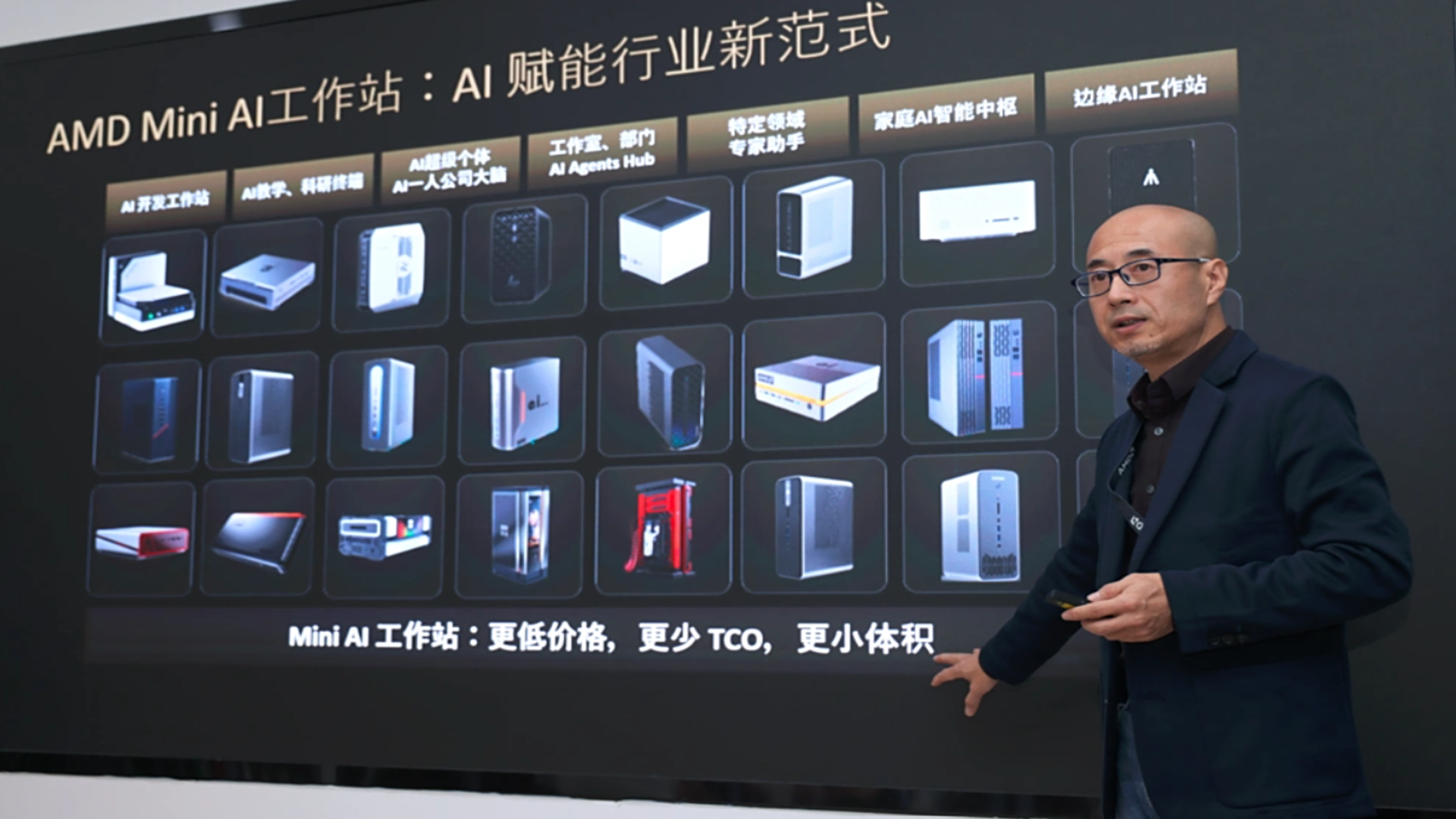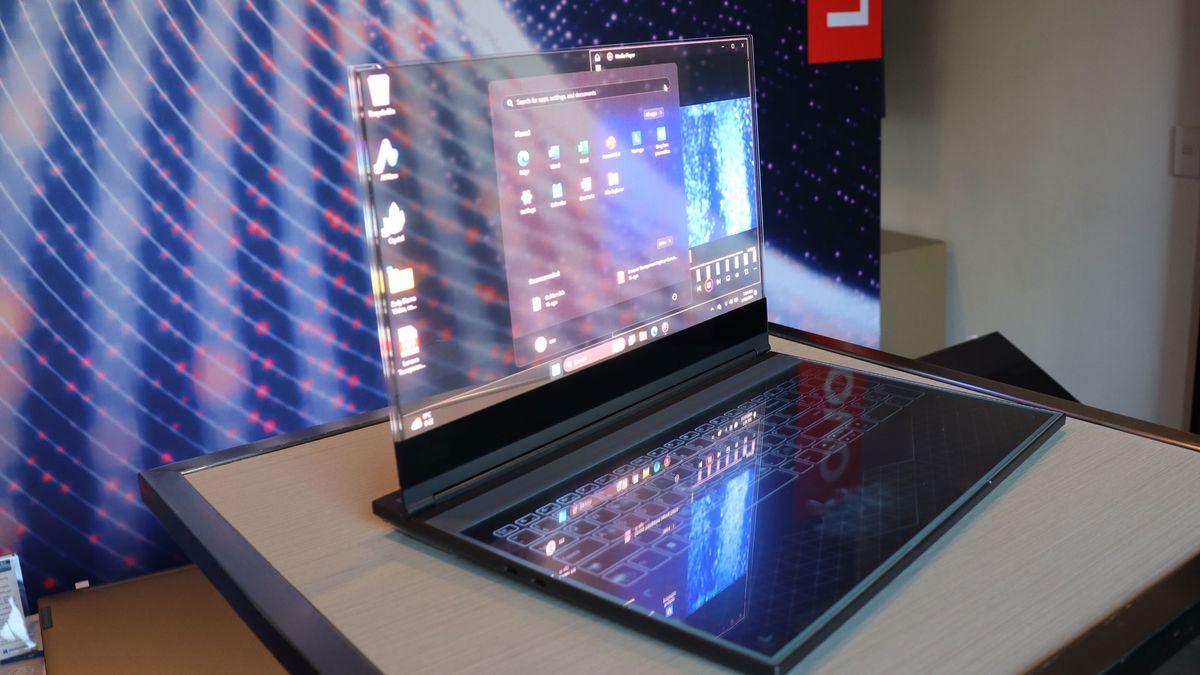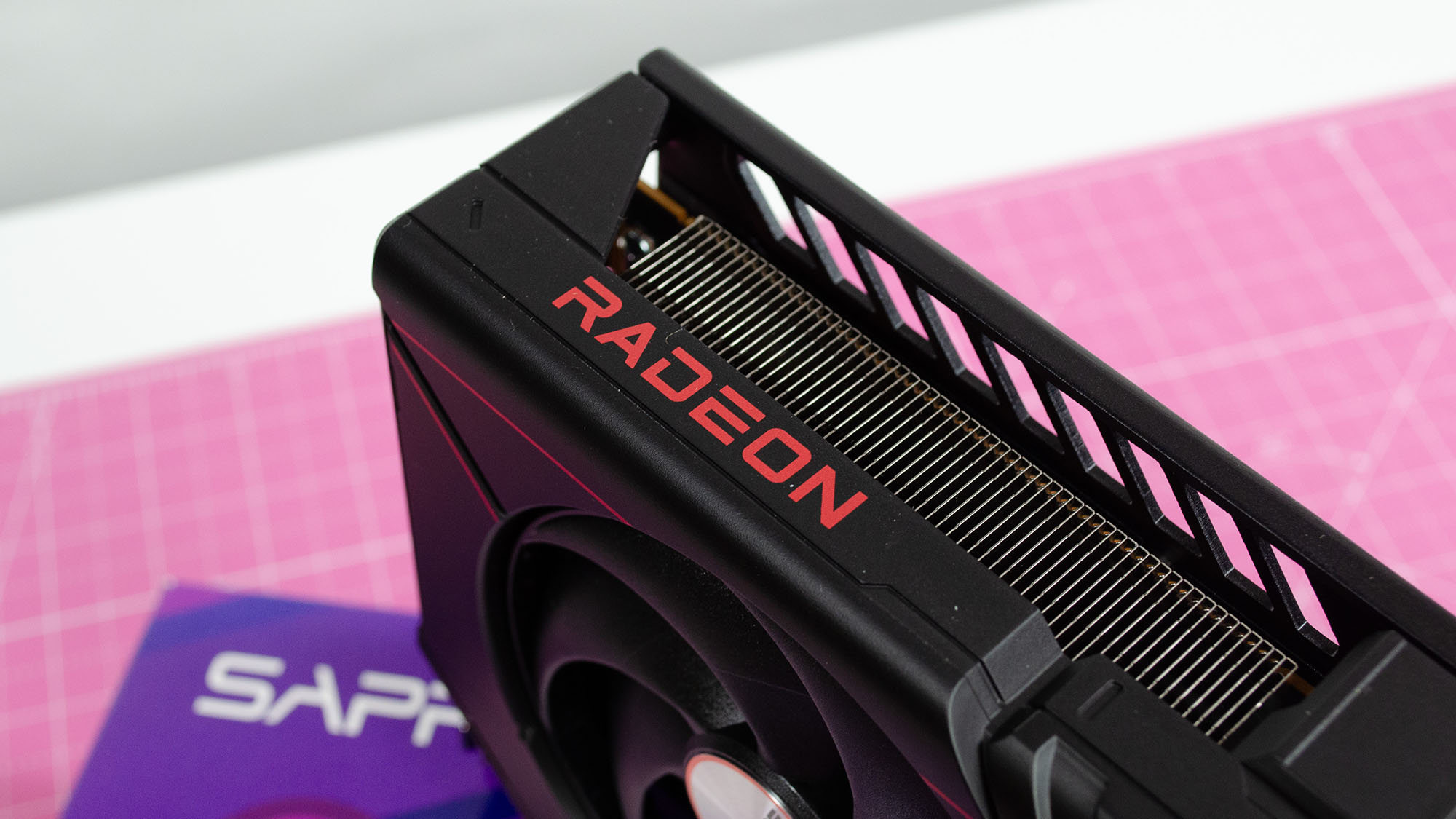Micro-LED TVs are something of a white whale for major TV manufacturers. The display technology has a lot of potential, promising emissive pixels and infinite contrast without sacrificing brightness levels or deep blacks. Plus, it doesn't suffer from the performance degradation associated with organic display types like the best OLED TVs.
Because of the way micro-LED TVs are manufactured (with clusters of “micron-scale LEDs” or “near-microscopic lights” transferred to larger LED modules), you get an incredible amount of brightness control at the pixel level, as well as the ability to rearrange the LEDs into different modular combinations.
However, micro-LED has been touted as “the next big thing” in TVs since 2018, when Samsung launched its first micro-LED TV, The Wall, and little progress has been made since to reduce its huge production costs.
We're looking at the launch of new micro-LED TVs: in 2024, Samsung introduced 76-, 89-, 101-, and 114-inch models. However, even the smallest 76-inch version sells for $90,000, which is obviously very prohibitive when it comes to mass adoption. Meanwhile, the LG Magnit micro-LED TV is explicitly aimed at “luxury customers,” according to the company's press release. It sells for $237,000 and is only available in 118- and 136-inch sizes.
Price appears to be the hurdle for wider micro-LED deployment. In June 2024, ETNews reported that Samsung told manufacturing partners that production costs needed to be reduced 90% for micro-LEDs to be competitive in today’s TV market. And it seems that both LG and Samsung, the key drivers of micro-LED development, are scaling back investment in the technology for the time being (via FlatPanelsHD).
Why all the fuss about microLEDs? Well, cost aside, they solve many of the problems plaguing mainstream TV display technologies (or at least they did when investment in microLED development was still plentiful). To understand what's changed, we need to talk about OLEDs.
Solution to a missing problem
OLED has become the premium TV technology of the decade. While OLED displays are still more expensive than traditional LCD-LED displays, you can now get a great OLED TV for under $1000 and in a variety of different sizes (the LG C4 OLED ranges from 42 to 83 inches). And even mid-priced. OLED TVs They usually come with excellent display and gaming specs, from 4K Resolution and frame rates of 120 Hz to Dolby Vision HDR.
OLED offers infinite contrast with truly deep blacks, thanks to its ability to turn off pixels entirely, as well as excellent color reproduction. The main problem that has plagued OLED has been its historically low brightness output, making it great for movie nights, but mediocre for daytime movie watching.
However, improvements in OLED brightness over the years are addressing this issue, both with traditional OLED displays (this year's LG C4 hit a peak brightness of over 1,000 nits in our review) and OLED-QLED hybrids like the Samsung S95D, which hit nearly 1,900 nits in our tests. burned They have also been largely crushed.
This makes the promise of micro-LEDs (the benefits of emissive display technologies, without the drawbacks of organic displays) a little less certain, especially when a micro-LED TV costs 10 to 20 times more than a similarly sized OLED.
The future of micro-LED TVs
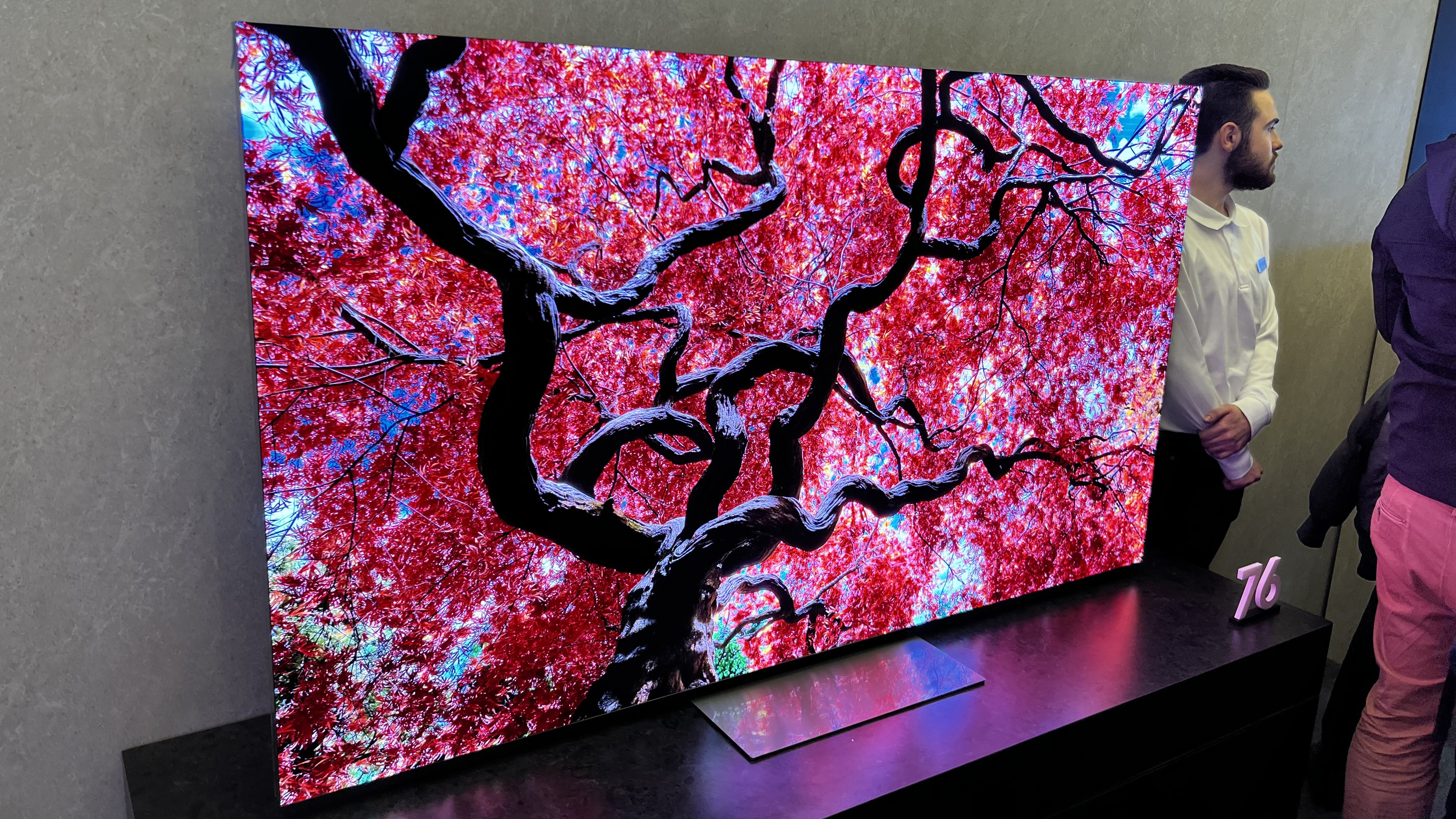
While attending CES 2024 Earlier this year, a TCL representative told us that micro-LED TVs were probably still 5 to 10 years away from being commercially viable, and who knows how long after that until these TVs are actually available. affordable for most people. Depending on how you view OLEDs and mini-LED Technologies will develop over the next few years and, depending on the investment decisions of the major TV manufacturers, we may never get there.
As long as a micro-LED TV costs the same as a small house, they will be the reserve of billionaires, supervillains or Hollywood productions that use micro-LED technology. to replace the green screen – rather than TV enthusiasts looking for a good home cinema system. That’s why we wouldn’t settle for a micro-LED instead of buying one of the best TVs already available today.
The biggest problem with Micro-LED right now is that the competition is very strong, which seems like a good problem to have for most TV buyers.

